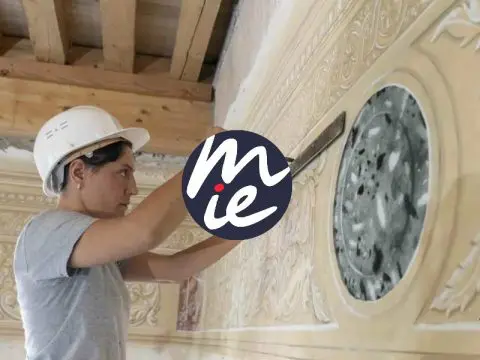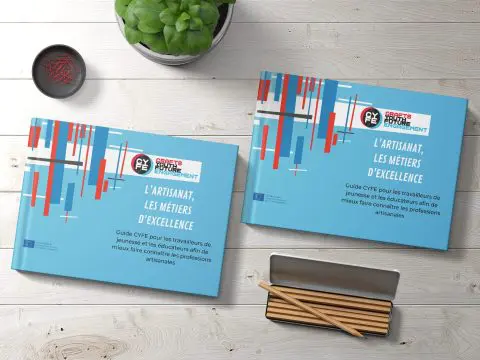Visit of Musée Charlier – Step n. 2. Stunning stained glass is used to embellish the windows. Stained-glass art is interesting because of how glass and light interact with one another. The vibrant colours we see in the window are created by light refraction through stained glass. The colour of a stained glass window can change based on the time of day, the season, and the weather.
The processes and methods used to create a stained-glass window haven’t altered much since the Middle Ages. The main variations result from technical advancements and advances, such as the use of gas and electric soldering irons, stained glass kilns, and steel-wheel glass cutters in place of the traditional dividing iron
The ability to mould glass requires extremely difficult techniques and skills that have put to the test many great craftsmen since the Middle Ages. Just imagine the great gothic stained glass windows of churches, up to more or less recent times, or the stained glass windows that characterised the Art Nouveau movement.

Since they vibrate when exposed to wind pressure, stained glass windows intended for large structures must be constructed from many panels joined by iron glazing bars that cross the window horizontally. Division ties are soldered to the panel edges to secure the panels against these glazing bars. This final step in the creation of a stained glass window is known as banding or wiring. Lead, copper, or zinc bands are secured to either the inside or the outside of the window so that they can be looped around the saddle bars that span the window and then twisted around the outside of the bar to hug the stained glass to the bar.
STAINED GLASS CRAFTS TODAY












